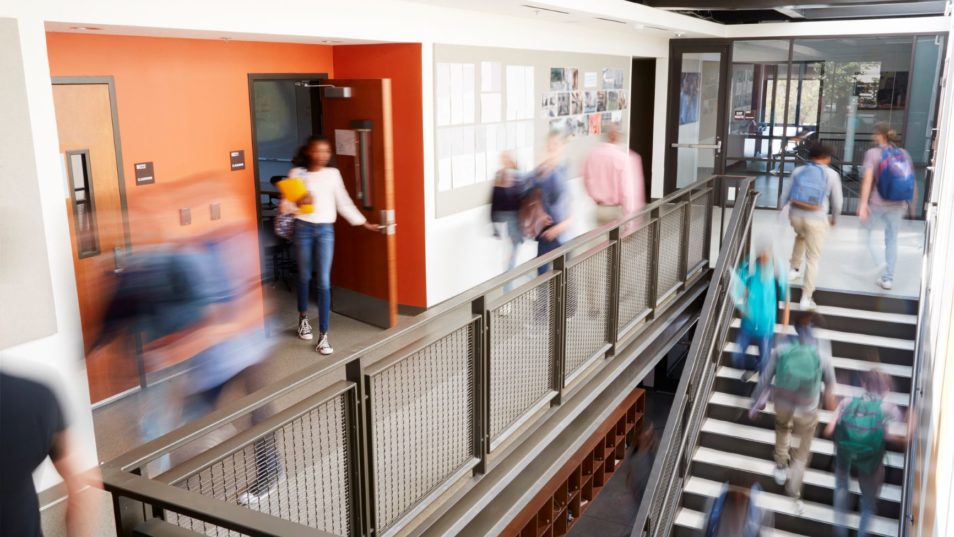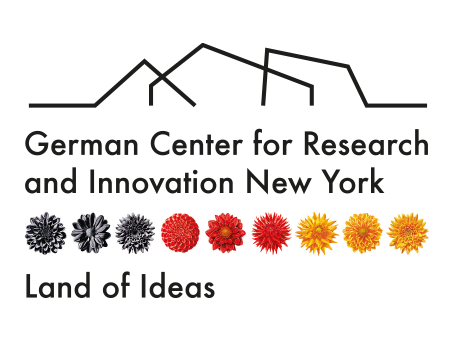The Challenges of Learning and the Pandemic
 © iStock/monkeybusinessimages
© iStock/monkeybusinessimages
The struggles surrounding education and COVID-19 have been two-fold: first, schools and universities struggled to rapidly digitize education; now the same institutions are reckoning with how to safely reopen.
Research indicates that particularly for young students, face-to-face interaction with teachers and peers is pivotal to effective education and social development. The sudden shift to distance learning in March when the COVID-19 pandemic first bloomed exacerbated disparities that already existed for poor students, students with disabilities and those from communities of color.
New clusters of infections have been traced to schools reopening. In the German state Mecklenburg-Western Pomerania, where schools first opened in Germany, two schools were forced to shut down again. Some universities in the U.S., including the Universities of Notre Dame and North Carolina, opened and then quickly reshut, blaming off-campus parties for new case spikes. German universities remain opened at reduced capacity and are using virtual formats for lectures and assignments.
Some countries and regions have successfully navigated reopening schools. Denmark managed to reopen educational institutions for 2-12 year-olds without dramatically increasing COVID-19 cases, as have Vietnam and New Zealand. The common thread: younger students seem to be less likely to carry the virus, and all these locations have consistent messaging and robust testing and contact-tracing infrastructure to keep cases low nationally.
Greater tests for education and COVID-19 still loom. New York City schools are undergoing a partial reopening with staggered scheduling throughout September. As summer holidays come to a close across all German states, authorities are cautiously watching cases.
Education will almost certainly look different post-pandemic. Some students may be forced to repeat years or classes. Until the development of a vaccine, school reopenings will continue to sputter with temporary closings. As scientists continue to learn more about SARS-CoV-2, new restrictions may come into place.
From radio courses to new apps, staggered class schedules and social distancing, educating students will not end, however. Students will continue learning, and teachers will keep adapting and finding creative ways to be effective.
